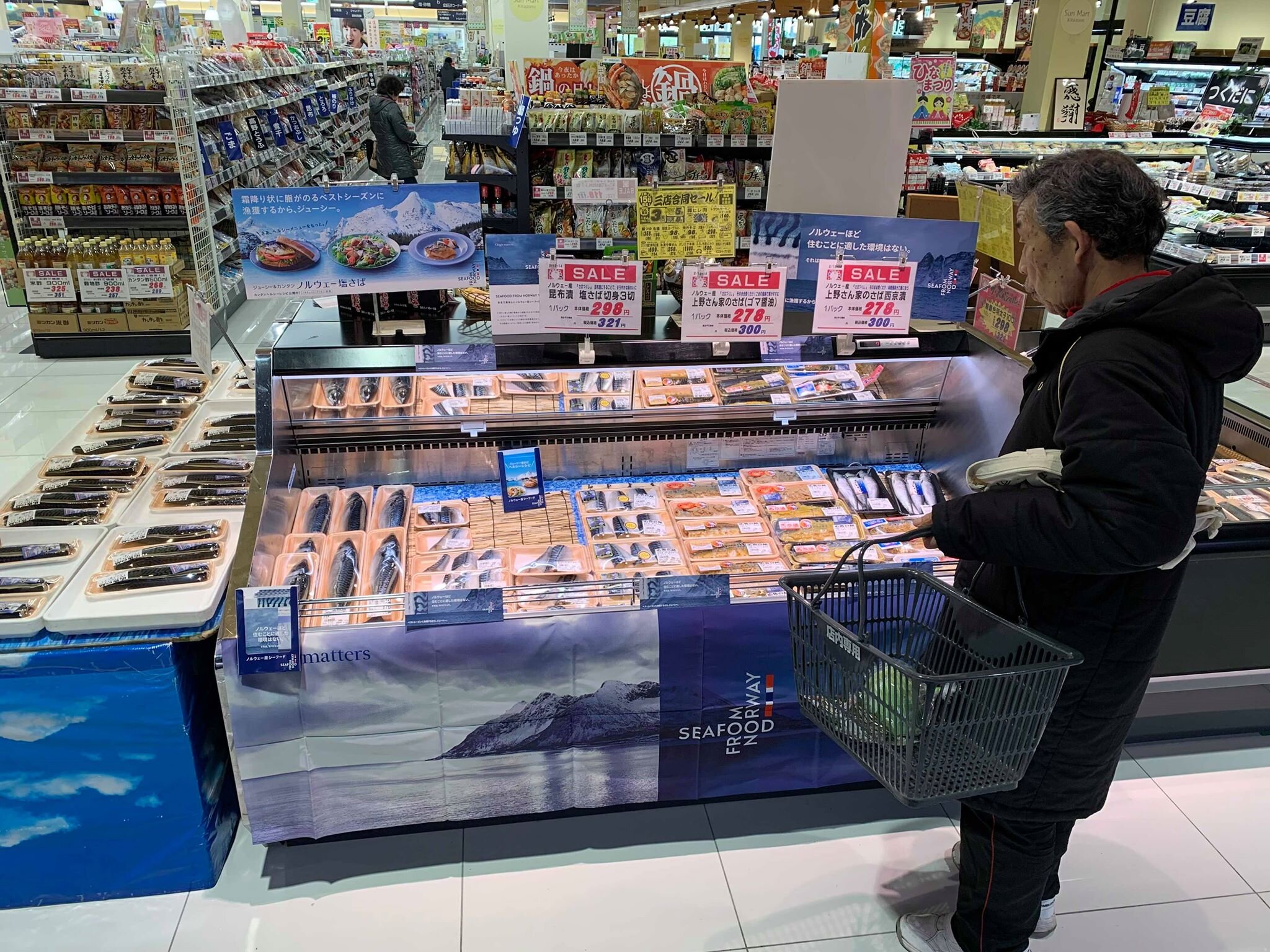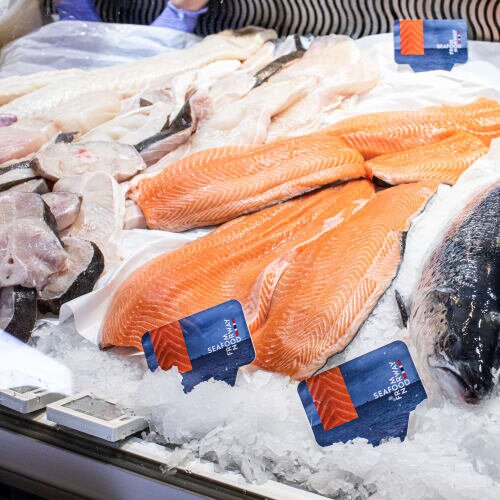The world needs to eat more seafood, both from an environmental and nutritional point of view. But what is it going to take for more people to choose seafood, and for people to eat more healthy and sustainable proteins from the ocean?
In its new report, “Seafood Trends”, the Norwegian Seafood Council presents some answers to what people want and expect from the seafood industry – as well as what it takes for people to choose seafood.
The world has changed in the last year, and so too have seafood eaters. People have gained new insight into what is important and ethically correct. They have also changed their eating and shopping habits. So, what do people currently want from the seafood industry when it comes to production, delivery and product development? The analysts at the Norwegian Seafood Council have examined this question.
"We have written this report because we want to be at the forefront – and we want to put the spotlight on the trends that we believe are important for the seafood industry in the years ahead," says Tom-Jørgen Gangsø, director of the Market Insight and Market Access Department at the Norwegian Seafood Council.
Download the full report here.
Setting the tone for the years ahead
The report outlines the five most important consumer trends when it comes to seafood.
The trends are:
- New sales channels – more people are buying seafood online. This trend is fast-moving.
- Sustainability – more consumers are making choices based on environmental considerations. They are demanding change.
- Convenience – product and shopping must be simple, affordable and time-saving.
- Transparency – consumers want more information on how their food is produced.
- Health and wellness – there is greater focus on what is healthy.
"We have explored all five trends in detail, because they provide the benchmark for the seafood industry today and in the years to come. The basis for the data is based on a number of major trend studies, as well as insights based on our own surveys that we conduct in some of the most important seafood markets globally each year, so this is very relevant for the Norwegian seafood industry," says Gangsø.
He says that the report can be used to understand more about both the major macro trends that affect the seafood industry and the development trends that analysts see internationally.
"Hopefully, this knowledge can be used, for example, to develop products, explore new sales channels, and give us insight into the type of communication that is important and relevant for seafood consumers globally," he explains.
New ways of shopping: an important trend
One of the trends mentioned in the report is online shopping – which has skyrocketed during the corona pandemic.
Online shopping now accounts for almost 28% of grocery sales globally. This is twice as much as the estimates from 2015. The corona pandemic has therefore led to online shopping being several years ahead of previous growth forecasts, and according to the Norwegian Seafood Council's trend report, significant growth is expected in the years to come. The highest growth is expected in Asia, Africa and the Middle East.
"Online shopping is becoming more important for the seafood industry, as more and more people are buying fish and shellfish online. In the report, we have looked at what it takes for people to choose to buy their seafood online, what they expect from this way of shopping, what solutions are available, what is to come and how the seafood industry can take full advantage of this new sales channel," says Gangsø, who believes that online shopping is a new and great opportunity to win new customers.




